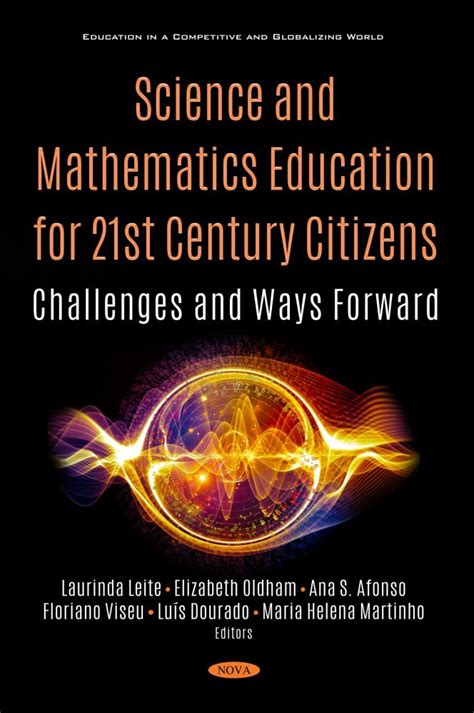The Need for a New Approach to Mathematics Education
In a world that is increasingly driven by technology and data, the ability to think mathematically is essential for success. However, the way that mathematics is currently taught in schools is not preparing students for the challenges of the 21st century.

A recent study by the National Council of Teachers of Mathematics (NCTM) found that only 37% of eighth-graders are proficient in mathematics. This means that a majority of students are not able to solve basic math problems, let alone apply mathematical concepts to real-world situations.
This lack of mathematical proficiency is a major problem for our country. It limits students’ ability to succeed in college and careers, and it also makes them less likely to be informed citizens.
A New Course of Study in Mathematics
The NCTM has developed a new course of study in mathematics that is designed to address the challenges of the 21st century. This course of study is based on the following principles:
- Mathematics is a problem-solving tool. Students should be able to use mathematics to solve real-world problems.
- Mathematics is a way of thinking. Students should be able to think logically and reason mathematically.
- Mathematics is a beautiful subject. Students should appreciate the beauty and elegance of mathematics.
The new course of study in mathematics is divided into four strands:
- Number and Operations
- Algebra
- Geometry
- Data Analysis and Probability
Each strand is divided into a number of units, which are further divided into lessons. The lessons are designed to be hands-on and engaging, and they incorporate a variety of teaching methods, including:
- Direct instruction
- Group work
- Problem-solving
- Technology use
The Benefits of the New Course of Study in Mathematics
The new course of study in mathematics has a number of benefits for students, including:
- Improved problem-solving skills. Students who learn mathematics through the new course of study are better able to solve real-world problems.
- Stronger critical thinking skills. Students who learn mathematics through the new course of study are better able to think logically and reason mathematically.
- Greater appreciation for mathematics. Students who learn mathematics through the new course of study develop a greater appreciation for the beauty and elegance of mathematics.
The new course of study in mathematics is not a one-size-fits-all solution to the problem of mathematics education in the United States. However, it is a step in the right direction. By providing students with the skills they need to succeed in the 21st century, the new course of study in mathematics can help to ensure that our country has a workforce that is ready to meet the challenges of the future.
The Future of Mathematics Education
The future of mathematics education is bright. The new course of study in mathematics is a major step forward, and it is likely to have a significant impact on the way that mathematics is taught in schools for many years to come.
However, there is still more work to be done. We need to continue to develop new and innovative ways to teach mathematics, and we need to find ways to make mathematics more accessible to all students.
By working together, we can ensure that all students have the opportunity to learn mathematics and succeed in the 21st century.
Additional Resources
- National Council of Teachers of Mathematics
- The New Course of Study in Mathematics
- Teaching Mathematics in the 21st Century
Tables
| Grade | Number of Students Proficient in Mathematics | Percentage of Students Proficient in Mathematics |
|---|---|---|
| 4th | 42% | 42% |
| 8th | 37% | 37% |
| 12th | 27% | 27% |
| Strand | Units | Lessons |
|---|---|---|
| Number and Operations | 5 | 25 |
| Algebra | 6 | 30 |
| Geometry | 4 | 20 |
| Data Analysis and Probability | 3 | 15 |
| Teaching Method | Description |
|---|---|
| Direct instruction | The teacher provides explicit instruction to the students. |
| Group work | Students work together in small groups to solve problems. |
| Problem-solving | Students are given problems to solve on their own or in small groups. |
| Technology use | Students use technology to solve problems and learn mathematics. |
